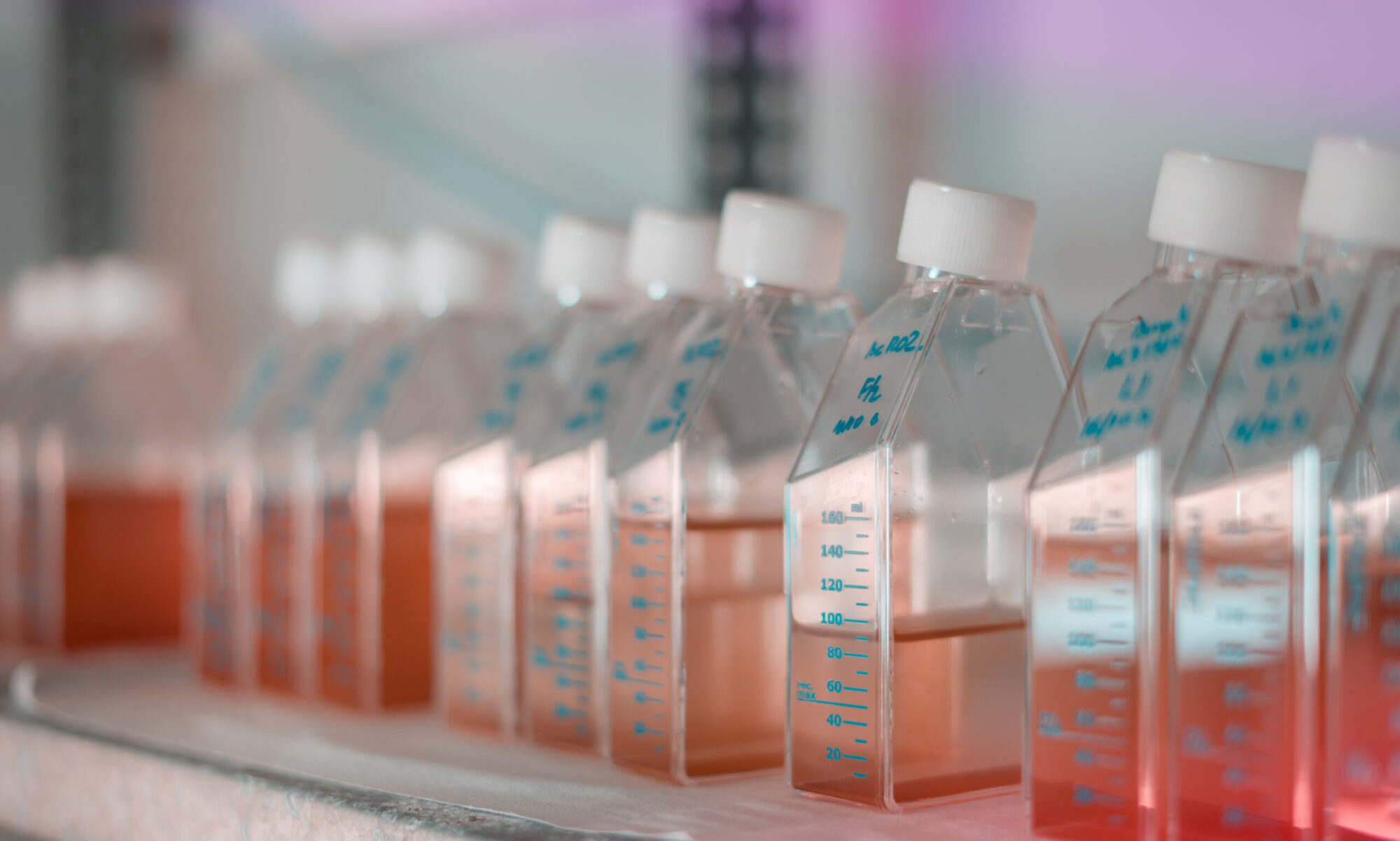| The survival of pathogenic leptospires in nutrient-poor water: towards a better understanding of the environmental reservoir of leptospirosis | |||
| Principal investigator | Emilie Bierque | ||
| Focal point IPNC | Emilie Bierque, Cyrille Goarant | ||
| Collaborators at IPNC | Marie-Estelle Soupé-Gilbert, Sophie Geroult | ||
| Total budget of project | 8 300 euros | Budget devoted to IPNC: NA | |
| Funding | IPNC | ||
| Timeline | Start date: 2016 | End date:2018 | |
| Context | |||
| The transmission of leptospirosis to humans occurs via exposure to virulent leptospires through contact with urine or tissues of infected animals, most often indirectly via a hydrotelluric reservoir. However, the factors determining the survival of pathogenic leptospires in the environment remain very poorly known. | |||
| Objectives | |||
| The objective is to describe the survival of leptospires in waters of different mineral compositions. | |||
| Methods | |||
| We used 0.1µm filter-sterilized water to study the effect of the ionic composition of the waters without the complex interactions that could occur in a complex microbiota and prevent precipitation of salts, which would occur during autoclaving. Waters were dispensed into 50-mL plastic culture flasks with 2 sterile glass slides to assess the adhesion of leptospires and observe possible morphological changes. Leptospires were seeded in each flask at a final concentration of 106 Leptospires / mL. The culture flasks were incubated at 30 ° C in the dark. After various incubation times, individual flasks are used to assess leptospiral counts, viability, cultivability and virulence, for a maximum of 2 years. | |||
| Results | |||
| After 12 months of experimentation, results reveal different survival rates depending on water, observed from 30 days post-incubation on. We noticed different outcomes between Leptospira strains only for the most mineralized water. Two waters appear to allow a better survival for 3 of the 4 Leptospira strains studied. Furthermore, the most mineralized water seems to become supportive for the survival of one of the strains after one year of experimentation. The 3 strains remain alive and virulent (for pathogenic ones) during at least 9 months in water while the forth strain died after only 2 days. Microscopic techniques allow observing cell aggregates formation as of 60 days post-incubation for pathogens and as early as 2 days for the saprophytic stain. | |||
| Prospects | |||
| Our study will help identify the ionic composition of the water that favours or compromise the survival of leptospires and thus acquire important data on the survival and maintenance of virulence of leptospires in nutrient-poor conditions. | |||
| Valorisation | |||
|
Mélanie Faure, L2 student at University of New Caledonia made a 2-month training period on this subject. Bierque E, Soupé-Gilbert ME, Geroult S, Thibeaux R and Goarant C. Leptospira survival in freshwater microcosms. Poster at the ILS conference, Palmerston North, NZ, November 2017. |
|||

